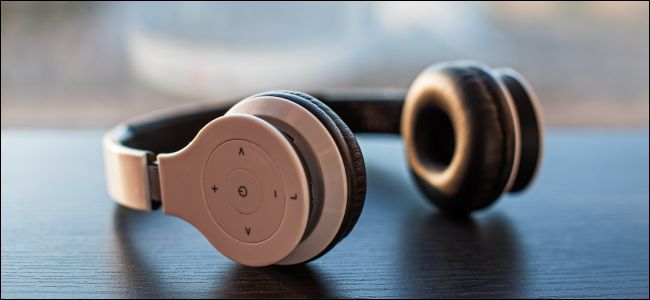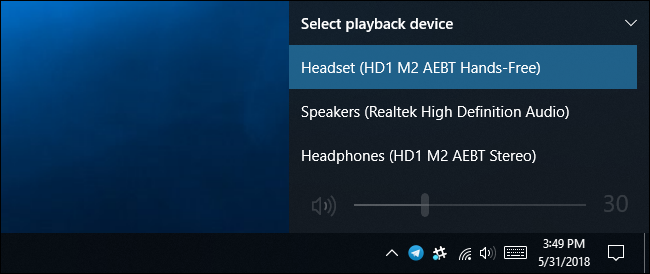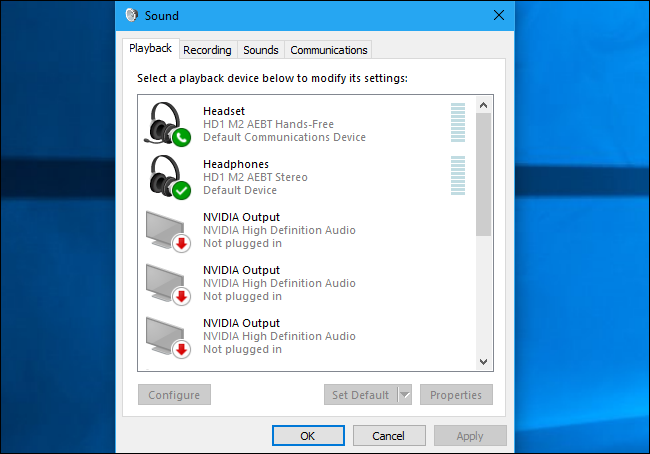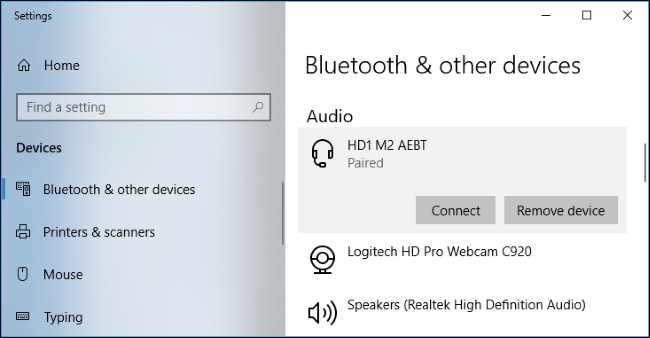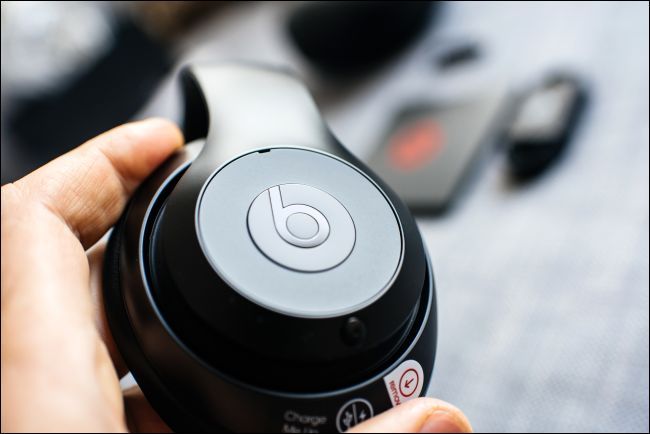Quick Links
Bluetooth audio is good now, right? That's what I've been hearing, so I purchased a $300 Bluetooth headset for my Windows PC, expecting to have a good experience. It was terrible. I blame Bluetooth---and Windows.
Full disclosure: My coworkers have had great experiences with Bluetooth audio on both Android phones and W1-enabled Apple devices. This is about PC headsets.
Windows Won't Tell You If It's Using AptX
Bluetooth is confusing. As audio website Darko.Audio puts it: "Bluetooth audio's dirty secret is not that it doesn't sound very good, it's that it will only sound good if certain conditions are met."
Modern high-end Bluetooth headsets support AptX, an audio codec compression scheme that offers better sound quality. But AptX is only enabled if it's supported on both the transmitter and receiver. When using a Bluetooth headset with a PC, it only works if your PC's hardware and drivers are compatible.
Other configuration issues may also disable AptX audio. As Darko.Audio explains, on a Mac, if you're using 2.4 GHz Wi-Fi, if you have more than two Bluetooth devices connected to a desktop, or if you have more than one connected to a laptop, macOS drops down to lower-quality SBC audio over the Bluetooth Advanced Audio Distribution Profile (A2DP) connection. That's according to Apple.
Windows 10 now has integrated support for AptX, but it's impossible to tell if your Bluetooth connection is actually using AptX. Android and macOS let you see this information, but it isn't visible anywhere in Windows. So you'll never know if you're getting the highest sound quality possible.
Bluetooth Doesn't Support High-Quality Audio When a Microphone Is In Use
My headset had an integrated microphone, so I expected I could continue using the headphones normally while using the microphone.
But, shockingly, this doesn't work. If you have a stereo headset with an integrated microphone, you can't use the headset with normal sound quality while using the microphone. There just isn't enough bandwidth available to Bluetooth devices, as Sennheiser explains.
Technically, when you're just using the headphones as a sound output device, they're using the A2DP Bluetooth profile, and ideally using AptX for maximum sound quality. When you need the microphone, they'll use the headset profile or hands-free profile (HSP or HFP). This allows for both recording via the microphone and playback via the headphones, but the headphone sound quality is terrible when using HSP or HFP.
If you're just using a Bluetooth headset to take a phone call, that might be fine. If you want to speak into your headset's mic while listening to music, playing a game, or watching a video on your PC, you'll be frustrated.
For a PC headset with an integrated microphone, Bluetooth is a terrible choice. You're better off getting a wired headset, or even just getting a separate microphone.
Bluetooth 5.0, which has already been announced, offers much higher bandwidth. This should let future Bluetooth headsets play back audio at high quality while the microphone is being used, in theory.
Windows Shows the Profiles as Different Audio Devices
When you connect a Bluetooth headset with a microphone to Windows, you'll see two devices: The standard A2DP high-quality stereo headphones, and the hand-free profile that has worse sound output but also supports sound input.
This seems to confuse applications. When I started an audio call on the headset, the hands free audio mode worked properly and I could hear the person I was talking to. But, after I launched a PC game, the game was completely silent. Even setting the hands-free headset device as the default sound playback device didn't work. I had to go into the Windows sound properties and manually disable the A2DP device, which forced the game to use the hands-free profile and actually output sound. The game's audio sounded very compressed and low quality, but I could at least hear it.
In other words, the Bluetooth profile switching confuses some Windows applications unless you fiddle with it manually. It's not a seamless experience at all, and that's frustrating.
Bluetooth Connections Are Still Unreliable
The headset sometimes disconnects from the PC, even while I'm sitting a few feet from the computer. Fixing this required powering off down the headset and turning it back on---in other words, rebooting my headphones.
When the connection came back online, some applications worked fine and some didn't.
I was talking to someone in a voice-calling application when the headphones lost the connection, and that application immediately ended the call because the audio device had vanished. I had to start the call again after rebooting my headphones. So, not only is Bluetooth audio potentially flaky, but many Windows applications can't gracefully handle that flakiness.
For the most part, I've had a solid connection with AirPods that use Apple's W1 chip while connected to an iPhone. But a standard Bluetooth headset with a Windows PC just doesn't seem as reliable.
Microsoft is working on easy pairing for Bluetooth devices, which is nice, but that won't help much if the device still loses the connection while it's paired.
Good PC Headsets Aren't Great For iPhones
A solid Bluetooth headset could be used with both a PC and your smartphone, which would be very convenient. But, if you're an iPhone user like I unfortunately am, your AptX headset won't give you great audio quality when connected to an iPhone. That's because Apple refuses to support AptX on iPhones and iPads, although Macs do support AptX. You need a headset with AAC support to get good quality with an iPhone---and the $300 Sennheiser HD1 wireless headset I purchased only supported AptX.
Android users are in luck, as modern Android phones do support AptX. Unlike on Windows, it's even possible to check if the connection is using AptX!
I briefly considered purchasing a Beats headset from Apple, as those use Apple's W1 chip for a stable connection with Apple products and have AAC support. But Beats headsets don't support AptX, which means they won't have great audio quality when connected to a Windows PC. And many reviewers note that Beats headphones have flaky Bluetooth connection quality when paired with a device without W1 support, like a Windows PC.
Bluetooth is Always a Few Years Away From Working Well
So, in summary: the headset's connection is unreliable, it's impossible to tell if it's using the highest quality audio with my PC, and it can't function as a normal pair of stereo headphones while using the integrated microphone. And, if I connect it to my iPhone, I won't get the highest quality audio.
I'm returning the headset to Amazon. I'll stick to a wired headset with traditional analog audio cables on my computer, thanks. I'll take another look in a few years when Bluetooth 5.0 headsets are out.
Image Credit: Anna-Marie/Shutterstock.com, Hadrian/Shutterstock.com.

